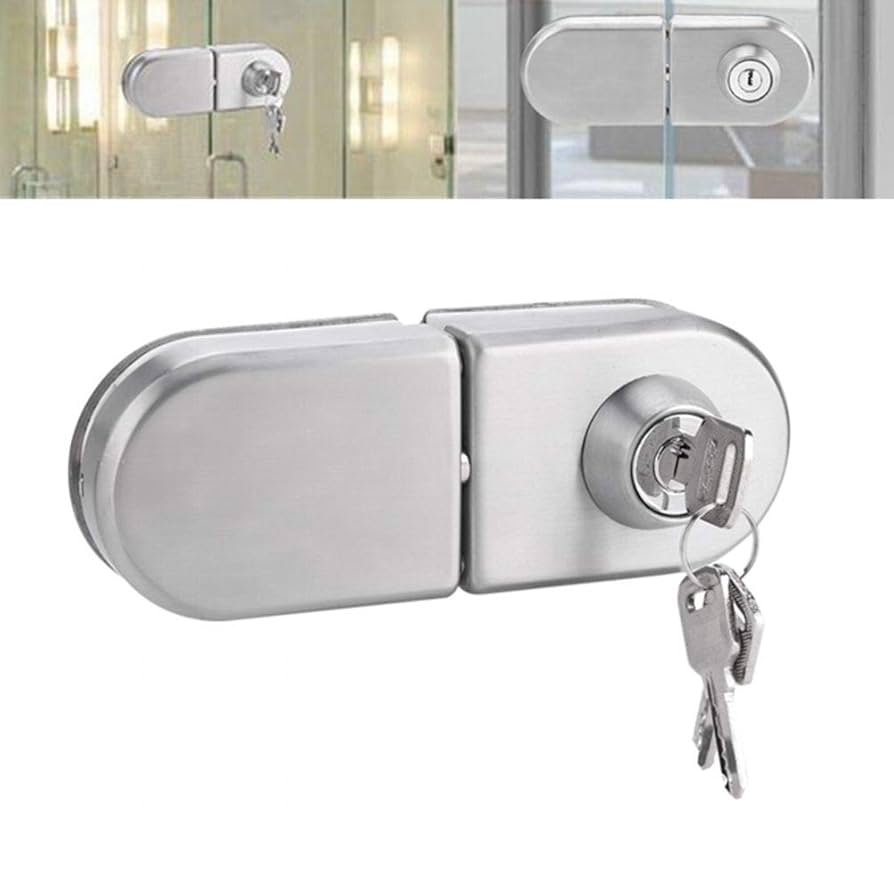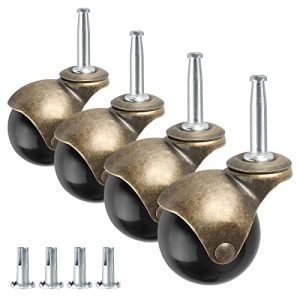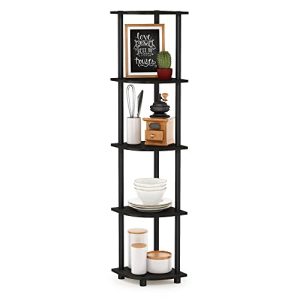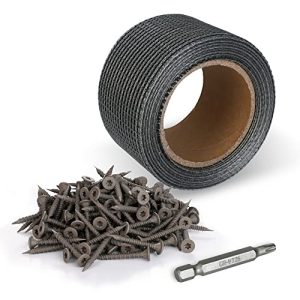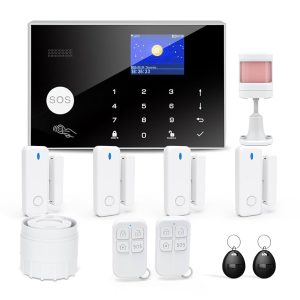Your home should be the safest place you know. But how sure are you that your door lock truly protects you from theft?
Choosing the right door lock anti theft solution can make all the difference between feeling secure and worrying every time you leave. You’ll discover simple, effective ways to strengthen your door’s defense and keep intruders out. Keep reading—your peace of mind depends on it.
Types Of Door Locks
Door locks protect homes and properties from theft. Choosing the right lock helps keep you safe.
There are many types of door locks. Each type offers different levels of security and convenience.
Deadbolt Locks
Deadbolt locks are strong and reliable. They use a solid metal bolt that fits into the door frame.
These locks need a key or thumb turn to open. They are hard to break or force open.
- Single cylinder deadbolts use a key outside and a knob inside.
- Double cylinder deadbolts use a key on both sides.
- Lockable thumbturn deadbolts add extra security inside.
Smart Locks
Smart locks connect to Wi-Fi or Bluetooth. They let you lock and unlock doors with a phone or app.
Some smart locks use codes, fingerprint scans, or voice commands. They offer good control and tracking.
- Remote access lets you lock doors from anywhere.
- Temporary codes can be given to guests.
- Many models work with home automation systems.
Keyless Entry Systems
Keyless entry systems use codes or cards instead of keys. You enter a pin or swipe a card to open the door.
These locks are easy to use and reduce lost key problems. They are common in offices and hotels.
- Keypads require a numeric code to unlock.
- Card readers use swipe or proximity cards.
- Some combine keypad and card for extra security.
Padlocks And Chain Locks
Padlocks are portable locks with a shackle that fits over a latch or chain. They are simple and versatile.
Chain locks combine chains and padlocks. They secure gates, bikes, or storage units.
- Padlocks come in different sizes and materials.
- Hardened steel chains resist cutting and sawing.
- Some padlocks use keys, others use combination dials.
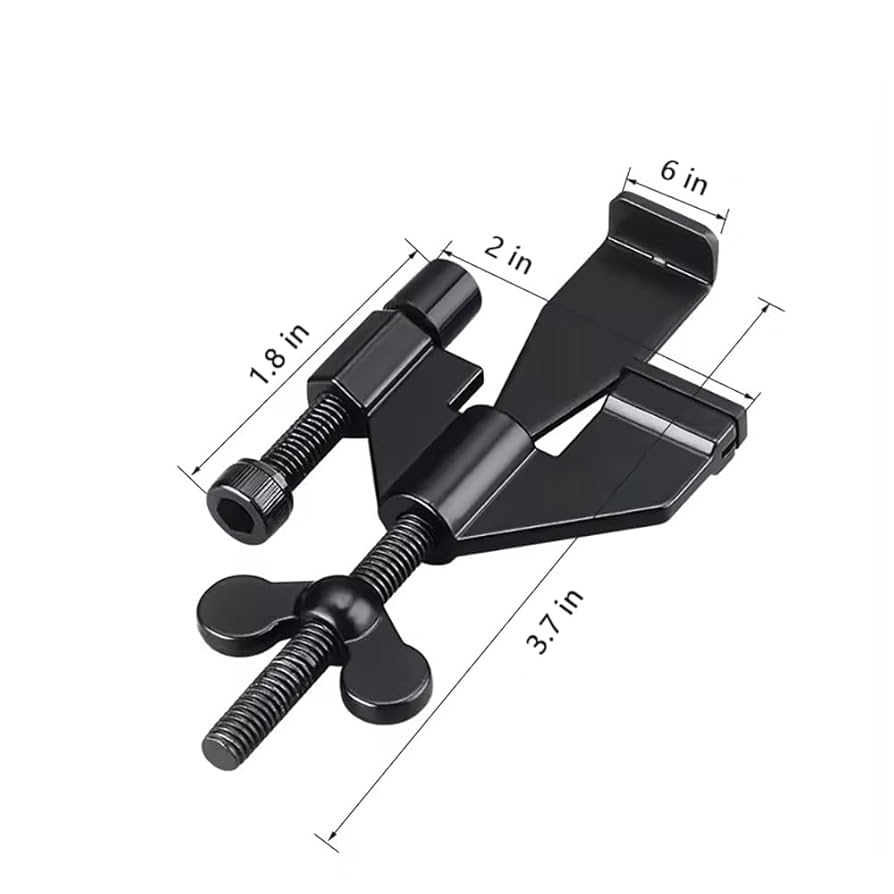
Credit: www.amazon.ca
Common Door Lock Vulnerabilities
Door locks are the first line of defense against thieves. Many locks have weak points that burglars can exploit. Knowing these vulnerabilities helps improve home security.
Understanding how locks fail allows homeowners to take steps to protect their homes better. This article covers common door lock weaknesses.
Lock Picking Techniques
Lock picking is a common way burglars open locks without keys. They use tools like picks and tension wrenches to manipulate the lock’s pins.
Simple locks with basic pin designs are easier to pick. High-quality locks have special pins that make picking much harder.
Bumping And Drilling Risks
Lock bumping uses a special key to force open pin tumbler locks quickly. This technique can open many common locks in seconds.
Drilling destroys the lock cylinder to open the door. Many locks do not have drill-resistant parts, making them vulnerable to this attack.
- Bumping works on standard pin tumbler locks
- Drilling can break locks without hardened plates
- Security pins and drill guards reduce these risks
Weak Door Frames
The door frame holds the lock and door together. Weak or old frames can break under force, even if the lock is strong.
Reinforced frames and strike plates help keep doors secure. Without them, burglars can kick in the door easily.
- Wood frames can split under pressure
- Metal frames offer more resistance
- Reinforcement adds strength to the frame
Poor Installation Issues
Even the best locks fail if installed incorrectly. Loose screws or misaligned parts reduce lock effectiveness.
Proper installation ensures the lock works as designed. It also prevents easy removal or tampering by intruders.
- Use strong screws to secure locks
- Align lock parts carefully for smooth operation
- Check installation regularly for wear and tear
Choosing The Right Lock
Picking the right door lock helps protect your home from theft. A good lock keeps your family and belongings safe.
There are many types of locks. It is important to choose one that fits your needs and home.
Assessing Your Security Needs
Think about your home’s location and crime rate nearby. High-risk areas need stronger locks.
Also consider who uses the door. A busy family door needs a lock that is easy to use but secure.
- Check if your door is wood, metal, or glass
- Decide if you want key, keypad, or smart locks
- Consider if you need extra features like alarms
Balancing Convenience And Safety
Choose a lock that is simple to use every day. A complicated lock may cause frustration.
Make sure the lock gives strong protection. A lock that is easy to pick is not safe.
- Keypad locks offer quick access without keys
- Deadbolts provide strong physical security
- Smart locks allow remote control but need power
Certification And Quality Standards
Look for locks tested by official organizations. Certified locks meet safety and durability rules.
Check the lock’s grade rating. Grade 1 is the strongest, grade 3 is less secure.
| Grade | Security Level | Use |
|---|---|---|
| Grade 1 | Highest | Commercial and high-security homes |
| Grade 2 | Medium | Residential homes |
| Grade 3 | Basic | Interior doors |
Installation Best Practices
Installing a door lock anti theft system correctly is very important. Proper installation keeps your home safe and secure.
Following the right steps can make the lock work better and last longer. This guide covers key tips for installation.
Proper Placement And Alignment
Place the lock where it fits the door well. The lock should align perfectly with the strike plate.
Wrong placement can cause the lock to jam or fail. Check the alignment by closing the door slowly.
- Measure door thickness before choosing the lock
- Mark spots for screws carefully
- Test locking and unlocking before finishing
- Adjust strike plate if needed for smooth locking
Reinforcing Door Frames
Strong door frames help the lock resist break-ins. Weak frames can fail even with the best locks.
Use solid wood or metal reinforcements around the lock area. Add extra screws to hold the frame tight.
- Install a metal strike plate with long screws
- Use a door jamb reinforcement kit if needed
- Check the frame for cracks or damage before installation
- Fill gaps around the lock with strong materials
Professional Vs Diy Installation
Professional installation offers expert skill and the right tools. They ensure the lock fits and works well.
DIY installation saves money but needs care and time. Follow instructions closely and use proper tools.
- Professionals can spot hidden issues during installation
- DIY requires patience and some experience with tools
- Incorrect DIY work can reduce lock effectiveness
- Professional help may come with warranty or support
Additional Security Measures
Door locks are important, but they are not enough alone. Extra security steps help keep your home safe. These measures make it harder for thieves to enter.
Using devices like cameras and alarms, strong hardware, and good lighting all improve your security. Each adds a layer of protection to your door.
Security Cameras And Alarms
Security cameras watch your doors and record any activity. They can scare away burglars and help catch them if a crime happens. Alarms alert you and neighbors if someone tries to break in.
Some alarms make loud noises, while others send alerts to your phone. Cameras with motion sensors turn on only when they detect movement near your door.
Using Strike Plates And Door Jammers
Strike plates are metal pieces fixed to the door frame. They hold the lock bolt tightly. Strong strike plates make it harder to force the door open.
Door jammers add extra support by blocking the door from inside. They stop the door from being pushed or kicked open. These tools improve the strength of your door lock system.
- Choose heavy-duty strike plates with long screws
- Install door jammers at the bottom of the door
- Check hardware regularly for damage or looseness
Lighting And Visibility
Good lighting outside your door helps you see clearly. It also stops thieves from hiding in dark areas near your entrance. Bright lights make your home look occupied.
Motion-activated lights turn on when someone approaches. These lights save energy and surprise anyone near your door. Keep the area clean and free of objects that block light.
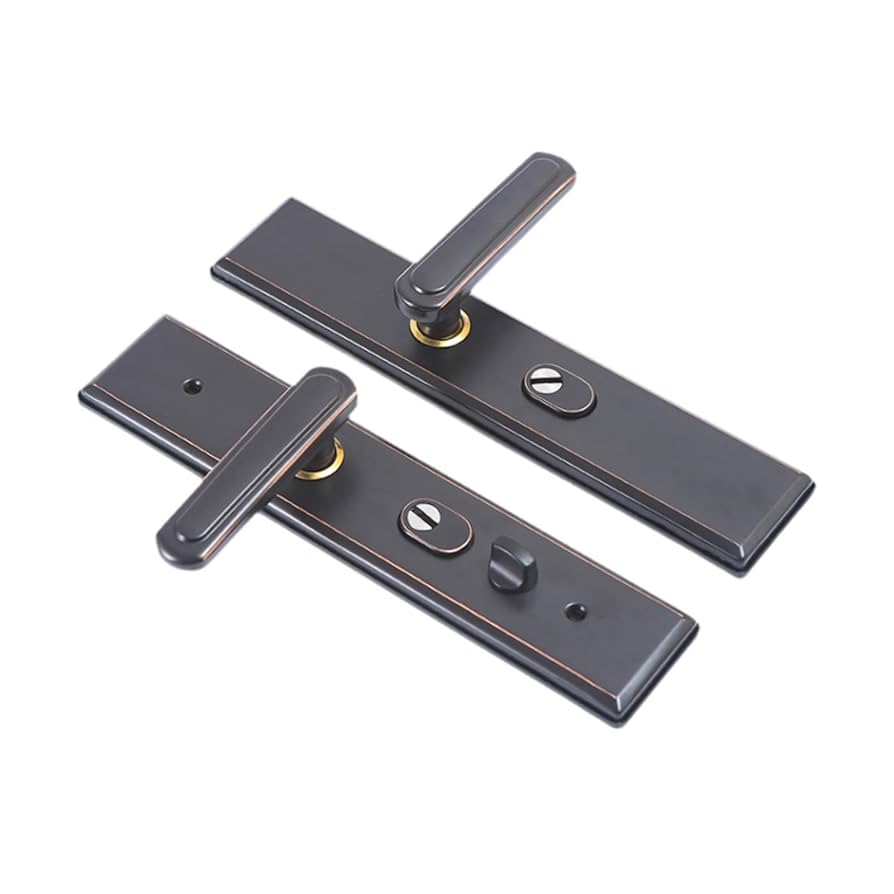
Credit: www.amazon.ca
Maintenance Tips For Locks
Door locks need regular care to keep working well. Good maintenance stops problems and keeps your home safe.
Simple steps like checking and cleaning locks can make them last longer. Here are some tips to help you.
Regular Inspection
Look at your locks often to find any signs of damage or wear. Check if they turn smoothly and lock properly.
Find loose screws, rust, or anything that seems wrong. Early detection helps avoid big problems later.
Lubrication And Cleaning
Keep your locks clean by wiping away dust and dirt. Use a soft cloth to avoid scratches.
Apply a small amount of lock lubricant to the keyhole and moving parts. This helps the lock work smoothly.
- Use graphite or silicone-based lubricants
- Avoid oil-based lubricants that attract dirt
- Clean locks before applying lubricant
Timely Repairs And Replacements
Fix problems with locks as soon as you notice them. Small repairs stop bigger damage.
Replace locks that are old, broken, or no longer secure. New locks keep your home safer.
Smart Lock Features To Consider
Smart door locks add safety and ease to home security. They offer features beyond regular locks.
Choosing the right features helps you protect your home and control access better.
Remote Access And Monitoring
Remote access lets you lock or unlock doors from anywhere using a phone or computer. You can check the lock status anytime.
Monitoring alerts you when someone uses the lock. It shows who entered and when.
- Lock or unlock doors remotely
- Receive real-time notifications
- View access history logs
Temporary Access Codes
Temporary codes let guests or workers enter without a physical key. You set time limits for these codes.
This feature adds convenience and control. You avoid giving permanent access to others.
- Create codes for specific days or hours
- Delete codes after use
- Track code usage
Integration With Home Automation
Smart locks can connect with other smart devices in your home. This helps automate security and daily tasks.
You can link locks to alarms, lights, and voice assistants for smoother control.
- Sync with home security systems
- Control locks by voice commands
- Automate locking at set times
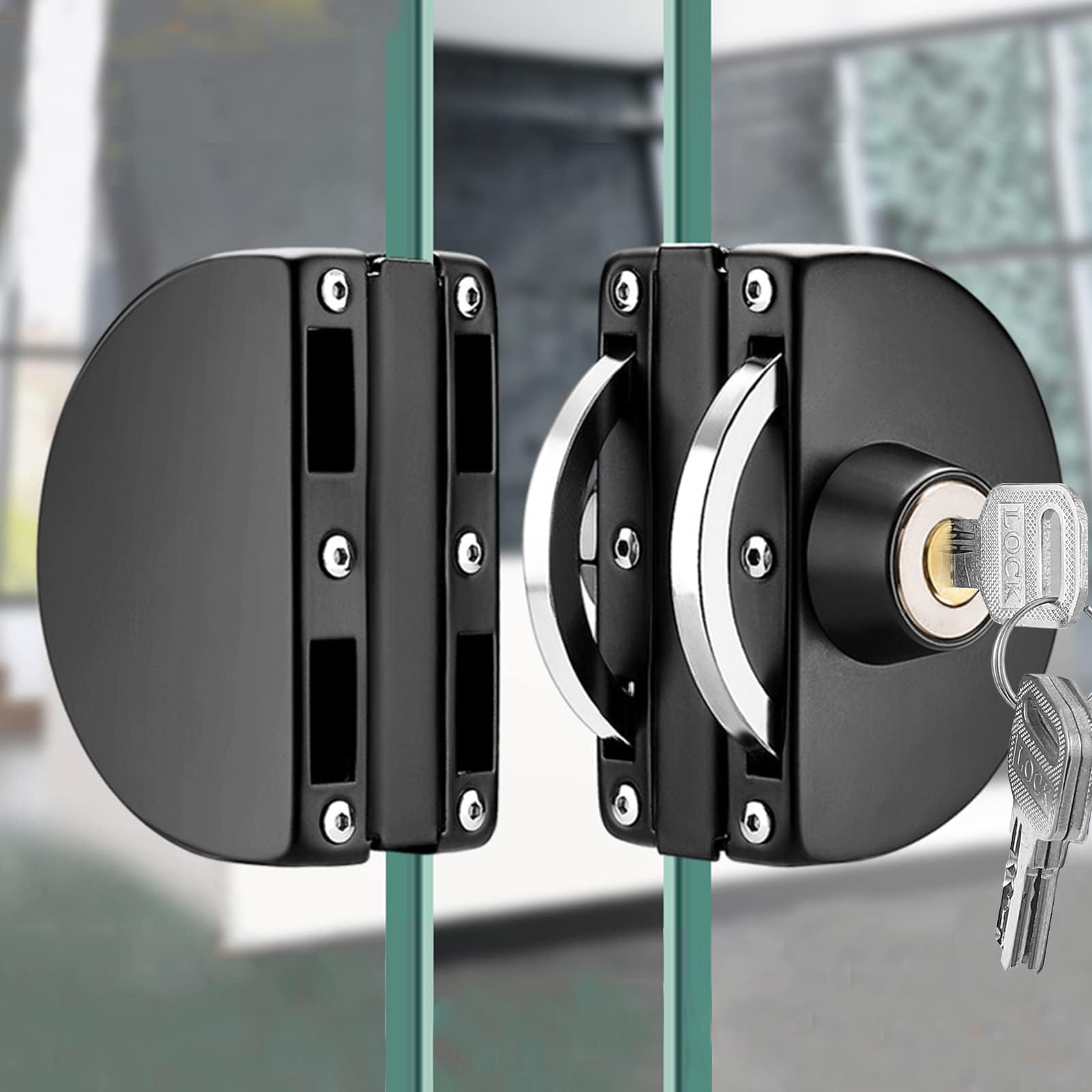
Credit: www.amazon.ca
Emergency Preparedness
Door lock anti-theft measures protect your home from unwanted entry. Being ready for emergencies keeps you safe.
Planning ahead helps in case of lock problems or emergencies at your door.
Backup Entry Options
Having a backup way to enter your home is smart. It helps if your main lock fails or is damaged.
Some backup options include spare keys and electronic codes stored safely.
- Keep a spare key with a trusted neighbor
- Use a hidden lock box for emergency keys
- Set up smart locks with secure codes
- Consider fingerprint or keypad locks
Dealing With Lockouts
Lockouts can happen to anyone. Stay calm and follow a plan to get back inside safely.
Try to avoid damage to your door or lock when locked out.
- Check for backup keys or entry codes
- Call a trusted locksmith if needed
- Do not force the lock or door open
- Inform family members or roommates
Emergency Contact Information
Keep important phone numbers easy to find during emergencies. This helps you get help quickly.
Include contacts for locksmiths, neighbors, and local authorities.
- Local locksmith services
- Trusted neighbors or friends
- Home security company
- Police or emergency services
Frequently Asked Questions
What Is A Door Lock Anti-theft Device?
A door lock anti-theft device is a security tool designed to prevent unauthorized access. It reinforces the locking mechanism of doors, making it harder for intruders to break in. These devices can be mechanical or electronic, providing added security to homes and businesses.
How Does An Anti-theft Door Lock Work?
Anti-theft door locks work by enhancing the strength and security of regular locks. They often include additional features like deadbolts, alarms, or smart technology. These elements make it difficult for burglars to tamper with or bypass the lock, ensuring better protection.
Are Smart Locks Effective Against Theft?
Yes, smart locks are effective against theft as they offer advanced security features. They often include remote access, real-time alerts, and biometric verification. These features make it difficult for unauthorized individuals to gain entry, enhancing overall security.
Can Anti-theft Locks Fit Any Door Type?
Most anti-theft locks can fit various door types with proper installation. They are designed to accommodate standard door dimensions and materials. However, it’s essential to check compatibility with your specific door type and consult a professional if needed.
Conclusion
Choosing the right door lock anti-theft device protects your home and valuables. Good locks act as strong barriers against break-ins. Simple steps like installing sturdy locks improve security a lot. Everyone deserves peace of mind at home. Stay safe by using reliable door locks every day.
Small efforts keep your family and belongings secure. Trust in quality locks to guard your entry points well.


